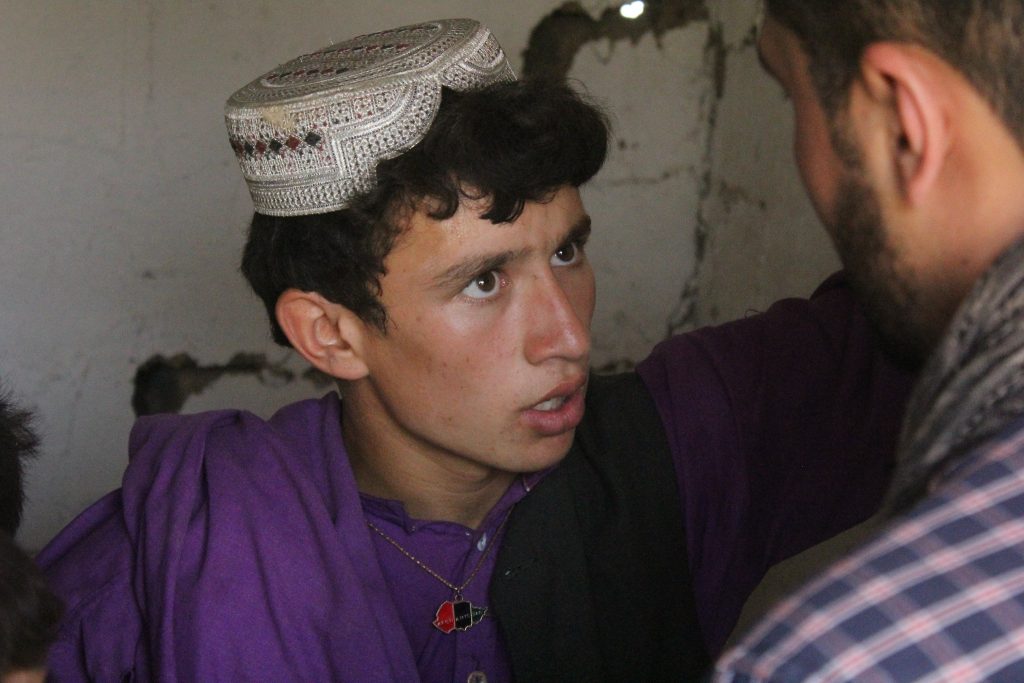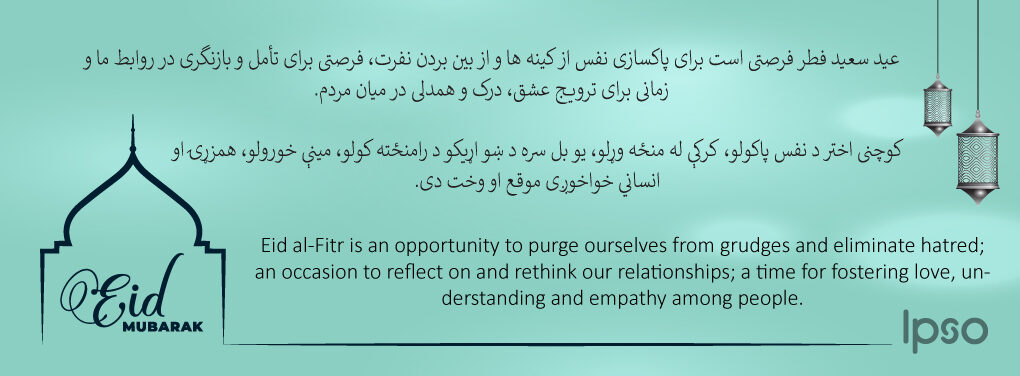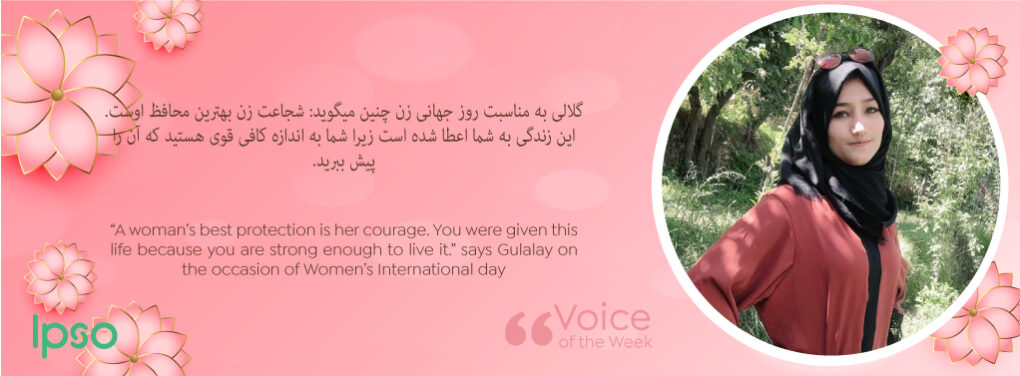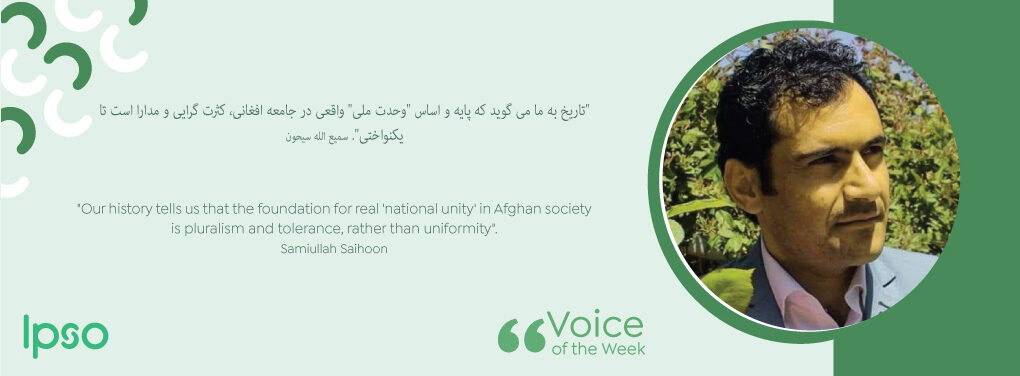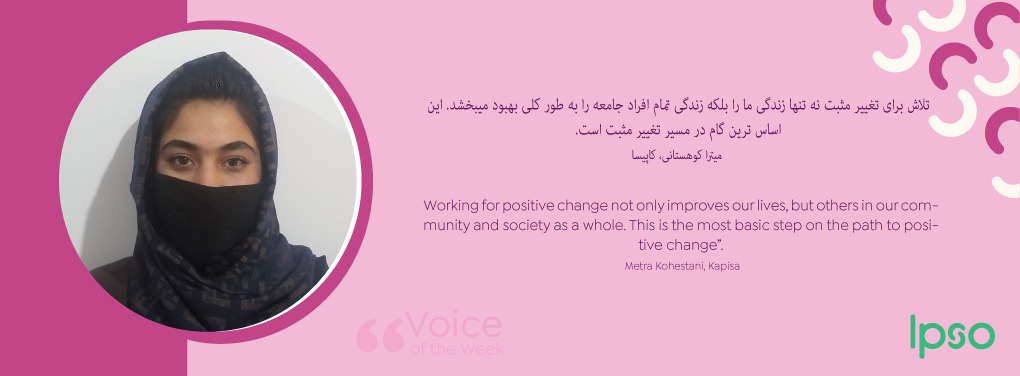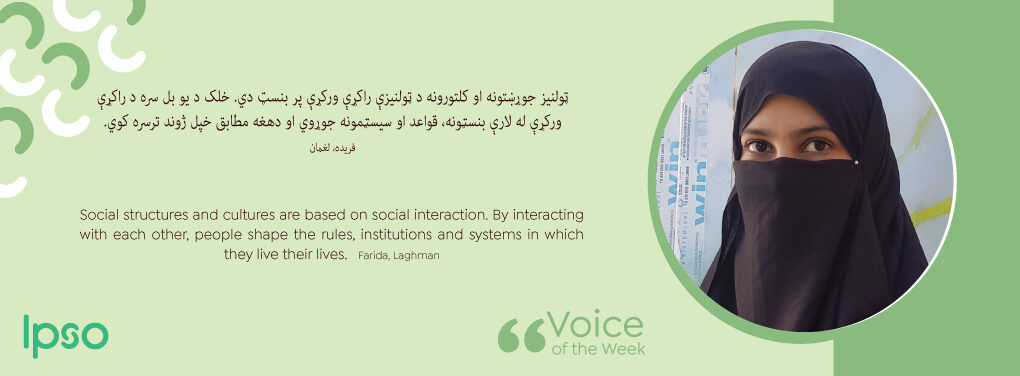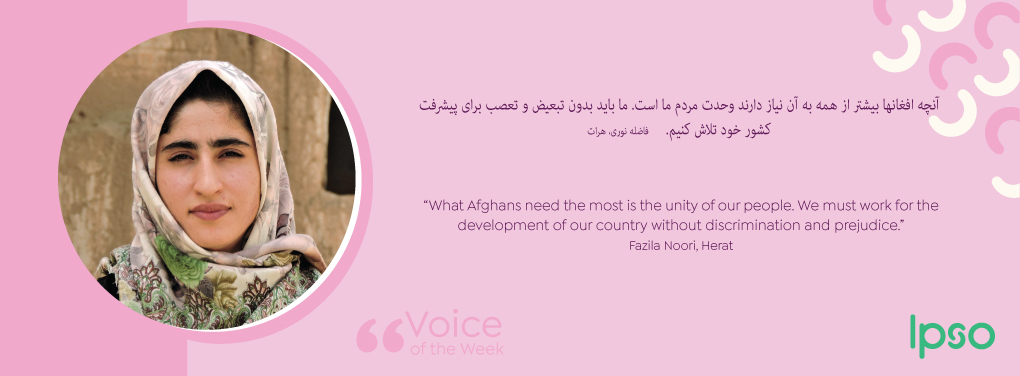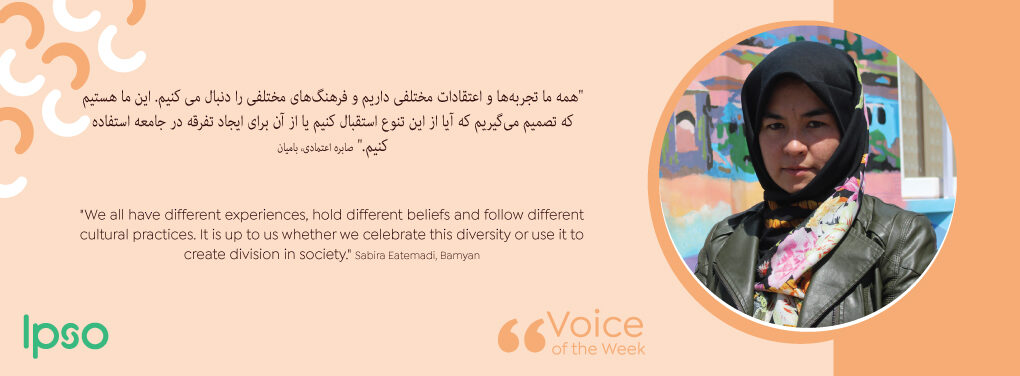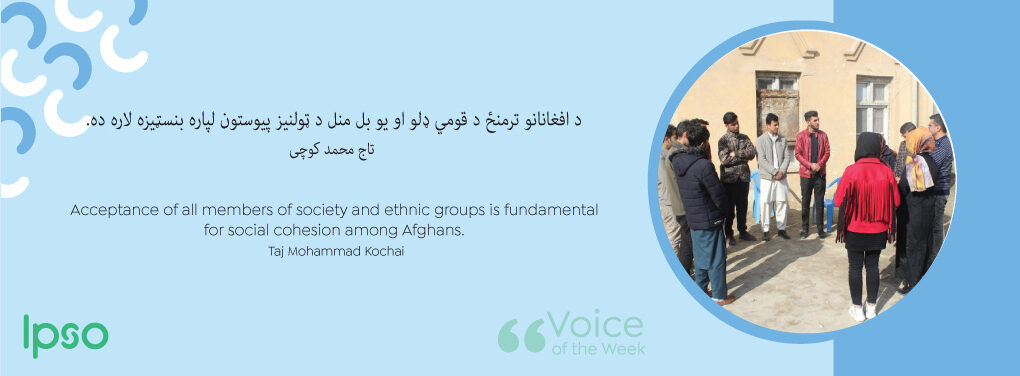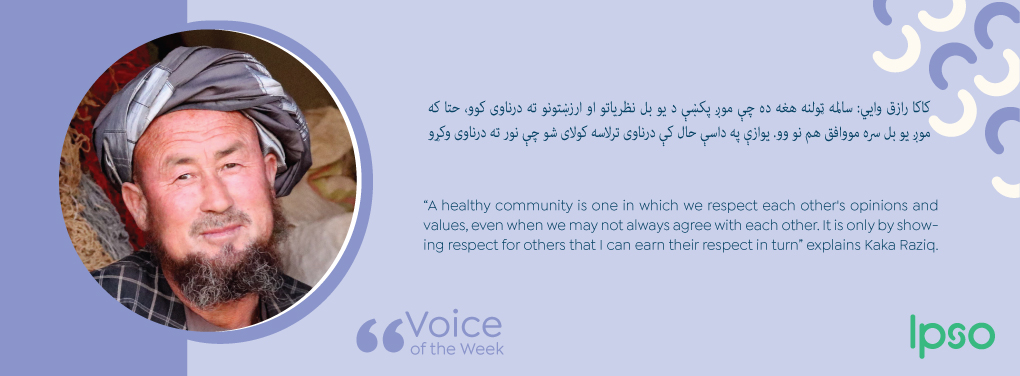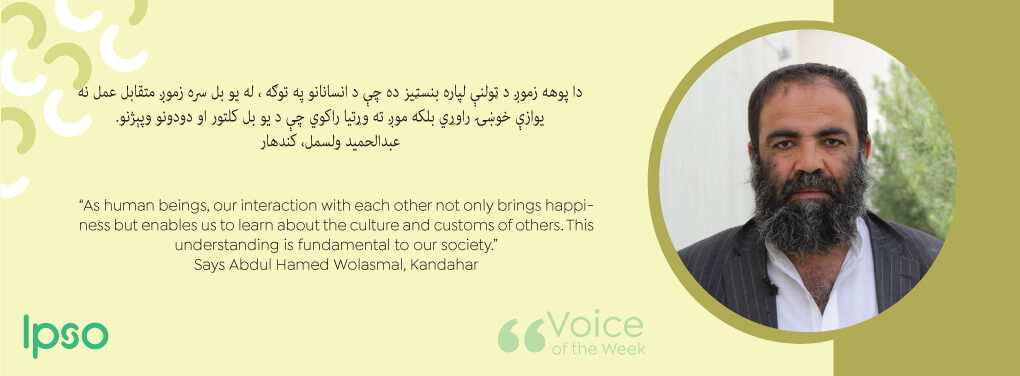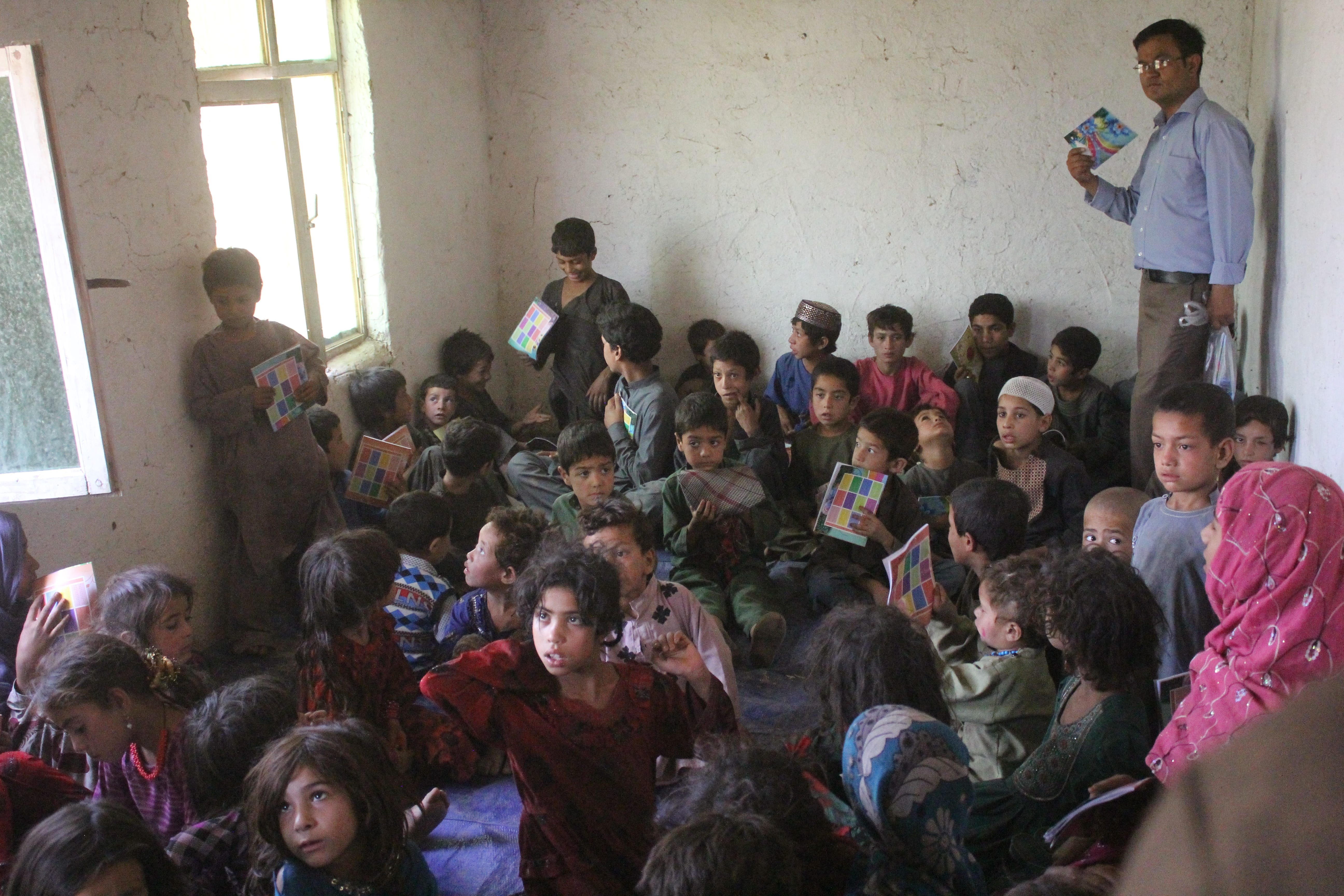9 out 10 kids are deprived of attending high school in the Qamber refugees’ camp in Kabul. Most of these kids are between 12 and 18 years old. The “No schooling” decision was made by the elders and families living in this camp for their children. The decision was made after some of the kids from the camp were stabbed with knives and teased by locals in the public school nearby. There is not a regular public school for refugees and returnees living in the camp.
Khan Mohammad who moved from the Sangeen district in Helmand has a small business. He is selling vegetables, fruits, soft drinks, and dairy for the residents inside the camp. Khan does not have the ability to write and read, but he is interested to be able to read and write. When he first came to the camp, he joined the public school, but after a while he was not able to continue due to the harsh behavior he received from the locals. He is now helping his two small sisters to get educated. He Send them to reading, writing, and painting classes inside the camp. Though he doesn’t want them to join the public school out of the camp, but he helps them use every chances and opportunity provided for education .He added,” Once the government builds school inside the camp; I would send them both to school where they can learn peacefully.”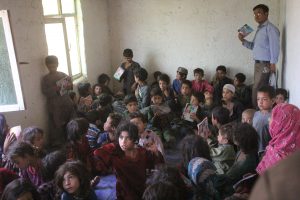
Abu Zar Ghafari is the nearest public school to the camp. Qasem who is 15 years old attended this school for a few months. He left school when his friend and he were beaten by other students. Qasem wishes to become doctor in the future. He said,” we left our hometown to be safe and to be able to educate ourselves, but here we are not given the chance. I don’t like to go to school again, I just want wanted to become a doctor, but now I don’t dare to think of becoming a doctor anymore.”
The Afghan government has not yet built any school inside the refugee’s camp. There are only some classes for reading, writing, and painting facilitated by different organizations working for refugees. Each community in the camp is working for the education of their children and provides a space for learning and for organizations and agencies working for education. Those organizations facilitate 2 or 3 classes a week for the students. The residents of the camp are hoping the government to build a public school for them, and provide the camp with quality of education.